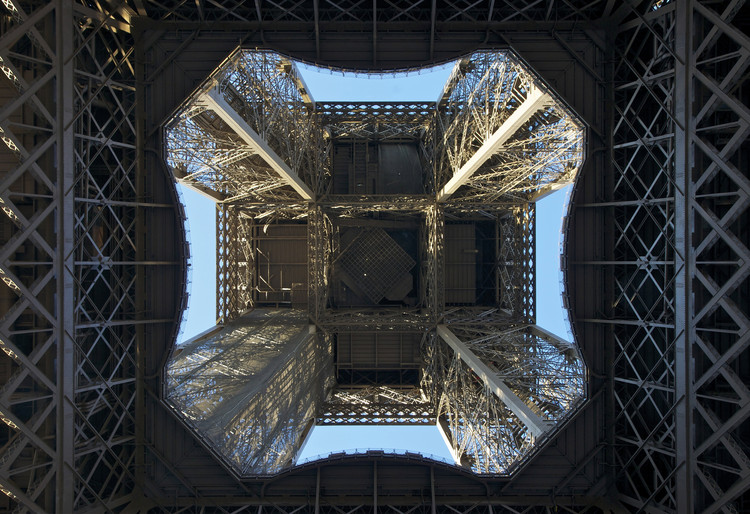_-_Administration_and_Cour_d'Honneur.jpg?1497053167&format=webp&width=640&height=580)
The United States had made an admirable showing for itself at the very first World’s Fair, the Crystal Palace Exhibition, held in the United Kingdom in 1851. British newspapers were unreserved in their praise, declaring America’s displayed inventions to be more ingenious and useful than any others at the Fair; the Liverpool Times asserted “no longer to be ridiculed, much less despised.” Unlike various European governments, which spent lavishly on their national displays in the exhibitions that followed, the US Congress was hesitant to contribute funds, forcing exhibitors to rely on individuals for support. Interest in international exhibitions fell during the nation’s bloody Civil War; things recovered quickly enough in the wake of the conflict, however, that the country could host the Philadelphia Centennial Exhibition in 1876. Celebrating both American patriotism and technological progress, the Centennial Exhibition was a resounding success which set the stage for another great American fair: the World’s Columbian Exposition of 1893.[1]


_-_Midway_2.jpg?1497053349)
_-_USG_Building_and_Ho_O_den.jpg?1497053430)
_-_Birds_Eye.jpg?1497053224)
_-_Map.jpg?1497053293)
_-_Administration_and_Cour_d'Honneur.jpg?1497053167)
















.jpg?1480629521)
